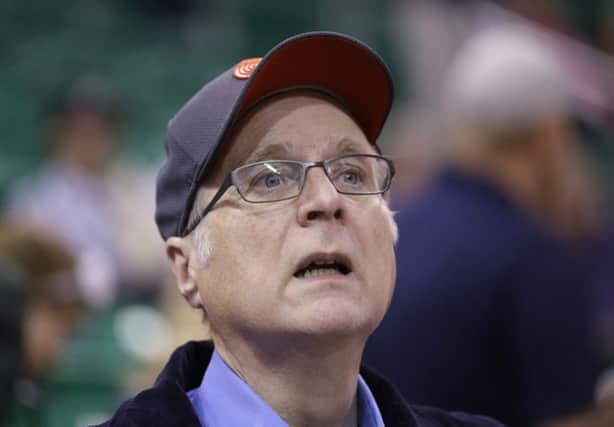Paul Allen, computer pioneer and philanthropist


Personal computing, said Mr Gates upon hearing of his death from complications of non-Hodgkin’s lymphoma, would not have existed without Allen.
The two had met while attending a private school in north Seattle. They would later drop out of their respective universities to pursue the future they envisioned: a world with a computer in every home.
Advertisement
Hide AdAdvertisement
Hide AdThey founded the company, originally called Micro-Soft, in Albuquerque, New Mexico, and their first product was a computer language for the Altair hobby-kit personal computer, giving enthusiasts a basic way to program and operate the machine.
They found some success in selling their programming language, MS-Basic, and moved their business in 1979 to Bellevue, Washington, not far from its eventual home in Redmond.
Microsoft’s lucky break came in 1980, when the business machines corporation IBM decided to move into personal computing and asked Allen and Gates to provide the operating system.
They did not, however, have one to their name and to meet IBM’s needs, purchased for $50,000 a program known as QDOS, or Quick and Dirty Operating System, from another software author, Tim Paterson.
Advertisement
Hide AdAdvertisement
Hide AdIt was the bargain of the century. The product, renamed MS-Dos by Microsoft, became the core of IBM PCs and their clones, catapulting Microsoft into its dominant position in the PC industry.
The product evolved into the Windows operating system that has been prevalent for the last three decades, and by 1991, Microsoft’s programs were used by 93 per cent of the world’s personal computers.
It was not long before the founders were billionaires, and Allen, with his sister, Jody, founded Vulcan, the investment firm that would oversee his business and philanthropic efforts.
He founded the Allen Institute for Brain Science and the aerospace firm Stratolaunch, which has built a colossal plane designed to launch satellites into orbit. He also supported research into nuclear-fusion power.
Advertisement
Hide AdAdvertisement
Hide AdHe later joined the list of America’s wealthiest people who pledged to give away the bulk of their fortunes to charity – saying in 2010 that he believed “those fortunate to achieve great wealth should put it to work for the good of humanity”.
His influence is imprinted on the cultural landscape of the Pacific Northwest, from the bright metallic Museum of Pop Culture designed by the architect Frank Gehry, to the computer science centre at the University of Washington that bears his name.
In 1988, at the age of 35, he bought the Portland Trail Blazers professional basketball team. He was also a part owner of the Seattle Sounders FC, a Major League soccer team, and bought the Seattle Seahawks.
However, his time as Microsoft’s executive vice president of research and new product development came to an end in 1983, when he resigned after being diagnosed with Hodgkin’s lymphoma.
His home life was dominated by his personal collections of ephemera that ranged from the guitar Jimi Hendrix played at Woodstock to vintage war planes and a 300ft yacht with its own submarine.